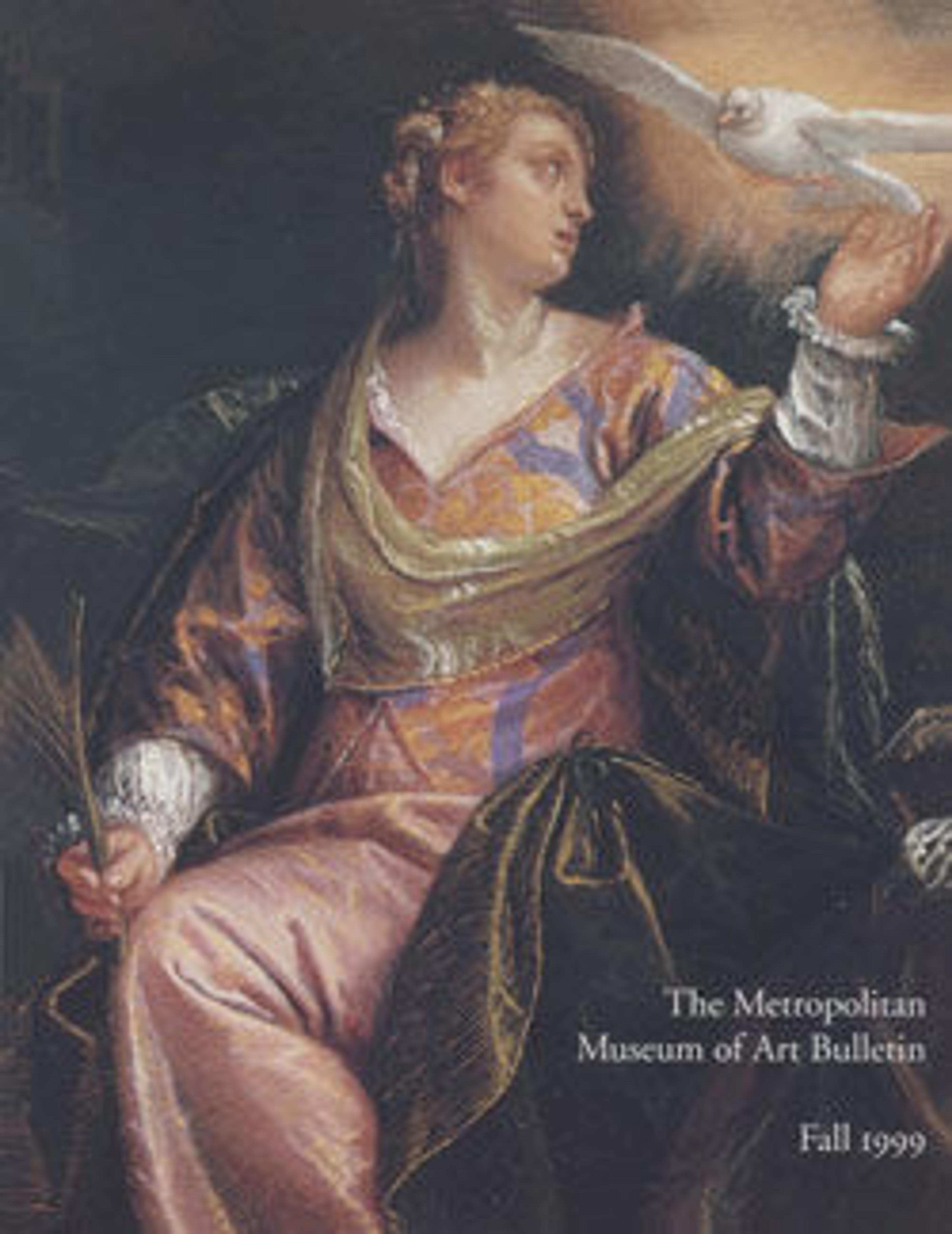[Waterfront Scene with Collaged Elements: Reclining Woman, Self-Portrait]
In the 1930s photography occupied an important place in Smith's career. Aside from using the camera to document his sculpture, he also made experimental photographs, often by sandwich printing multiple negatives in the manner of the European modernists László Moholy-Nagy and Man Ray. At the end of the decade, the artist even sent a selection of work to Moholy, recently transplanted to the "New Bauhaus" at the Chicago Institute of Design, for his critique.
Smith is perhaps best known for his liberating integration of disparate elements into sculpture, dazzlingly blending the organic and the man-made, the classical and the commonplace. In this dreamlike photograph, he combines a wide variety of images—industrial waterfront buildings, a self-portrait, a recumbent female figure (perhaps lifted from the picture press)—all overlaid with a collage of abstract biomorphic shapes and heavily worked over with a ballpoint pen before printing. Aside from being a wonderful example of "New Vision" experimentation in an American vein, this photograph is also a fascinating display in nascent form of Smith's collage instinct, so prominent in his better-known sculpture.
Smith is perhaps best known for his liberating integration of disparate elements into sculpture, dazzlingly blending the organic and the man-made, the classical and the commonplace. In this dreamlike photograph, he combines a wide variety of images—industrial waterfront buildings, a self-portrait, a recumbent female figure (perhaps lifted from the picture press)—all overlaid with a collage of abstract biomorphic shapes and heavily worked over with a ballpoint pen before printing. Aside from being a wonderful example of "New Vision" experimentation in an American vein, this photograph is also a fascinating display in nascent form of Smith's collage instinct, so prominent in his better-known sculpture.
Artwork Details
- Title: [Waterfront Scene with Collaged Elements: Reclining Woman, Self-Portrait]
- Artist: David Smith (American, Decatur, Indiana 1906–1965 Bennington, Vermont)
- Date: 1932–35
- Medium: Gelatin silver print
- Dimensions: 8.7 x 11.7 cm (3 7/16 x 4 5/8 in.)
- Classification: Photographs
- Credit Line: Purchase, The Horace W. Goldsmith Foundation Gift, through Joyce and Robert Menschel, 1998
- Object Number: 1998.311.1
- Rights and Reproduction: © Estate of David Smith / Licensed by VAGA, New York, NY
- Curatorial Department: Photographs
More Artwork
Research Resources
The Met provides unparalleled resources for research and welcomes an international community of students and scholars. The Met's Open Access API is where creators and researchers can connect to the The Met collection. Open Access data and public domain images are available for unrestricted commercial and noncommercial use without permission or fee.
To request images under copyright and other restrictions, please use this Image Request form.
Feedback
We continue to research and examine historical and cultural context for objects in The Met collection. If you have comments or questions about this object record, please contact us using the form below. The Museum looks forward to receiving your comments.
